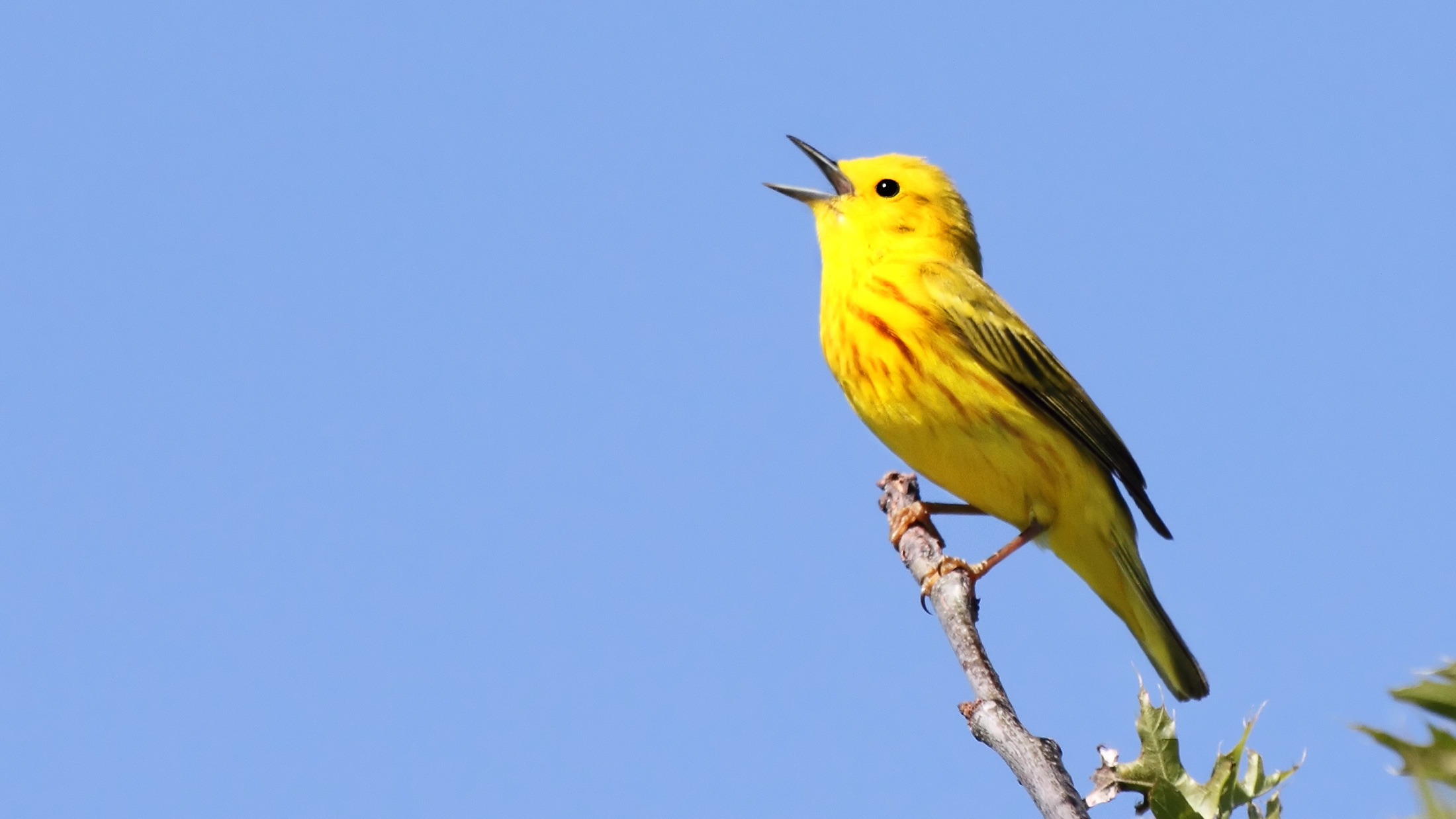Every year around mid to late April, warblers undertake a perilous journey across the Gulf of Mexico in mixed-species flocks of several thousand or more. Each bird, just four to six inches long and weighing perhaps two ounces, feeds voraciously to acquire enough stored energy to complete the long trans-gulf flight. Some birds, like the Blackpoll Warbler, overwinter as far south as Peru. Then, during the spring, they migrate nearly the length of two continents to reach their summer nesting grounds in Alaska, Canada, and the northeastern United States.
Of the 100 species of warblers living in the Americas, there are about 40 species found in North America. Except for the few species that remain here to breed, our viewing opportunities for these feathered jewels is fleeting at best. April and May provide the best opportunities to see a good variety of warblers as well as a chance to catch a glimpse of that rare vagrant that sometimes wanders through.
Unfortunately, many beginning and even intermediate birders think that identifying warblers should be left to the experts. Don’t let yourself be intimidated by these lively little visitors. Identifying warblers need not be a daunting task. Start by getting your hands on a copy of a good field guide (The Sibley Field Guide to Birds of Western North America is a great one.) If you want more information, check out the Peterson Field Guide – Warblers. Pick 4-6 fairly common warblers and read as much as you can about them. Don’t just focus on the visual keys for identification but find out about habitat preference, feeding behaviors, where they nest, and, if possible, familiarize yourself with their vocalizations.
Yellow Warblers, with their vivid bright yellow bodies and rusty streaked breasts, can be found throughout North America in marshes, willow thickets and streamside habitats.
“Witchity! Witchity! Witchity!” is the song of the Common Yellowthroat, another marsh inhabitant. Its bright yellow throat contrasts sharply with its broad black eye-mask.
The largest warbler, the Yellow-breasted Chat, is often difficult to see because it skulks in dense thickets as it vocalizes with hoots, whistles, cackles, squawks, clucks and buzzes. Look for these diagnostic markings to identify the Yellow-breasted Chat: white spectacles, yellow breast, olive back and white belly.
